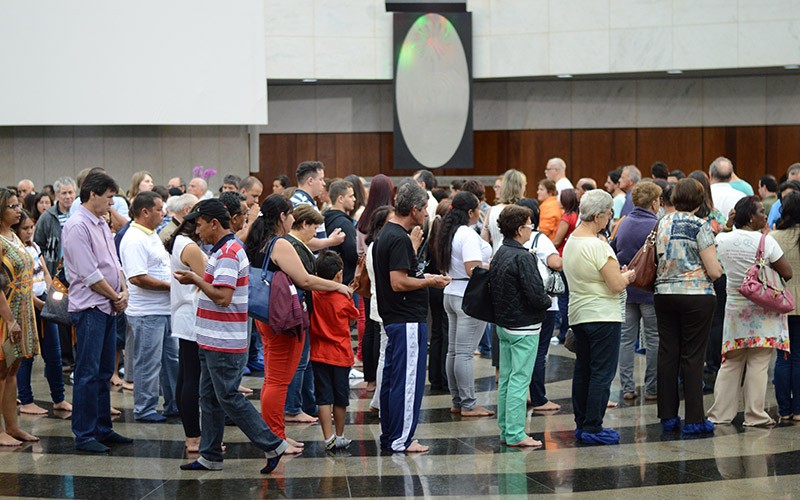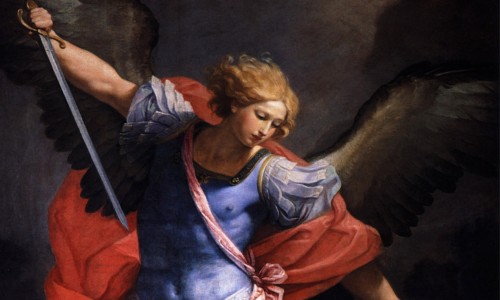Find Peace while the world is talking of war
Peace is not just the absence of war or synonymous with tranquility. There is no Peace when the balance of nature is threatened or when human life is violated. There is no Peace when there is desperation caused by unemployment, badly treated health, the imposition of poverty, homelessness, the lack of options for young people, violence, no schools for children and intolerance to diversity. In face of such social, economic and political scenarios how can each human being seek refuge? Is there somewhere capable of welcoming different peoples and satisfying their same desire for peace?
Thanks to the goodwill of thousands of men and women, it was built in Brazil’s capital on October 21, 1989, a monument dedicated to providing a response to the above questions. This monument is the Temple Good Will (TGW). With regard to the pioneering concept that envelops the TGW, the founder of this pyramid, José de Paiva Netto, points out in his article “Hiroshima”, published in hundreds of newspapers, magazines and websites in Brazil and abroad: “Concord between religious people is the first thing to be conquered. Earthly beings’ peace of mind, generated by a new ecumenical posture, in as much as it is highly fraternal, foresees social peace, peace between institutions and the so desired world peace, under the protection of the Heavenly Father, the greatest diplomat in the history of this world, notwithstanding our recurring misuse of free will”.
Because of its ecumenical proposal, the Pyramid of Peace has been the subject of countless media companies worldwide since it was founded. BBC London is one of them. It took up the challenge of registering different expressions of human fascination with the divine, in its series, Around the World in 80 Faiths. In the series the BBC visited all continents over a year, showing the customs of the six biggest religions on the planet: Buddhism, Christianity, Hindu ism, Islam, Judaism and Sikhism (in India). When visiting South America, Peter Owen Jones, an Anglican clergyman, writer and TV host, was particularly delighted with the mystic aspects of the Brazilian capital. “Today in a world that has been fractured by apparent religious beliefs, to come to somewhere which is promoting peace and understanding and enlightenment between world religions and for world religions is a welcomed relief. (…) I feel love when I come to the Temple of Good Will. I think it’s very important that I’ve come here too. Thank you very much for your time”, he reported.

Brazilian journalist and columnist for the Jornal de Brasília newspaper, Gilberto Amaral, remembers the moment when the TGW became known as the Temple of Peace: “I came here once with Brother Paiva Netto [founder of the TGW] and we toured the rooms of the Temple. When we got outside I said to him: ‘Paiva, this is the Temple of Peace’; and he immediately ordered “Temple of Peace” to be carved at the LBV entrance, because here peace and ecumenism are found, all religions are practiced here; one’s faith gets bigger and bigger. There is no one who does not feel good in the Temple of the Legion of Good Will”.
Reports of this nature bear witness to the ecumenical atmosphere of Peace that emanates from the Temple of Good Will. Experience this yourself! The TGW is located at SGAS 915, in Brasília (Brazil). For further information, write to english@boavontade.com.



